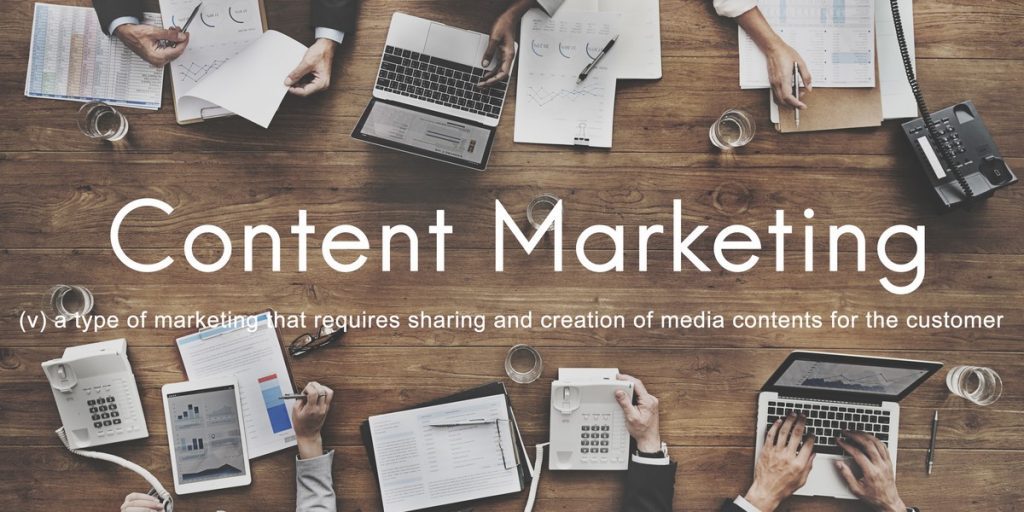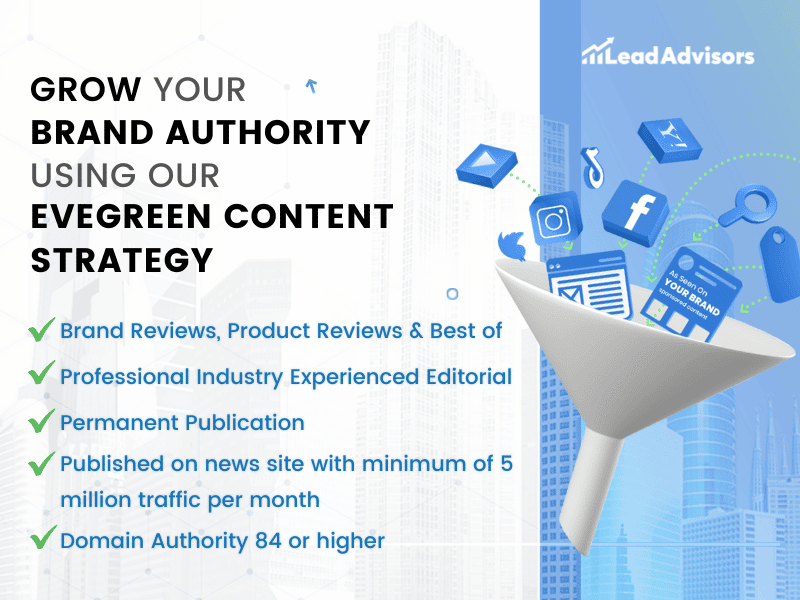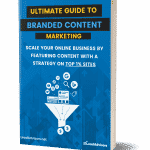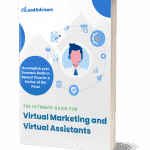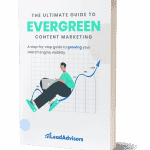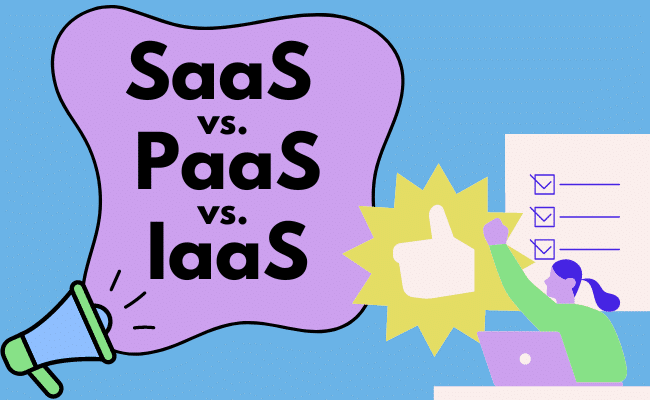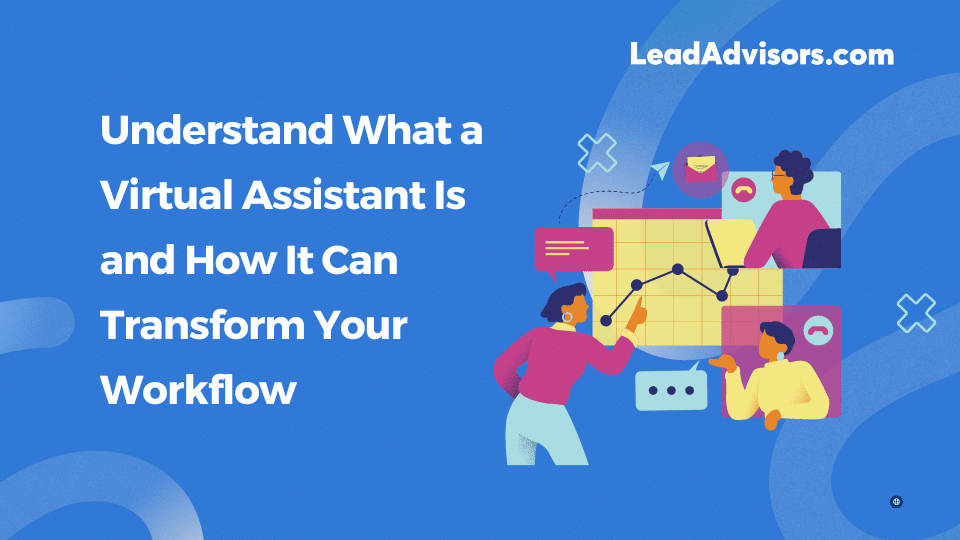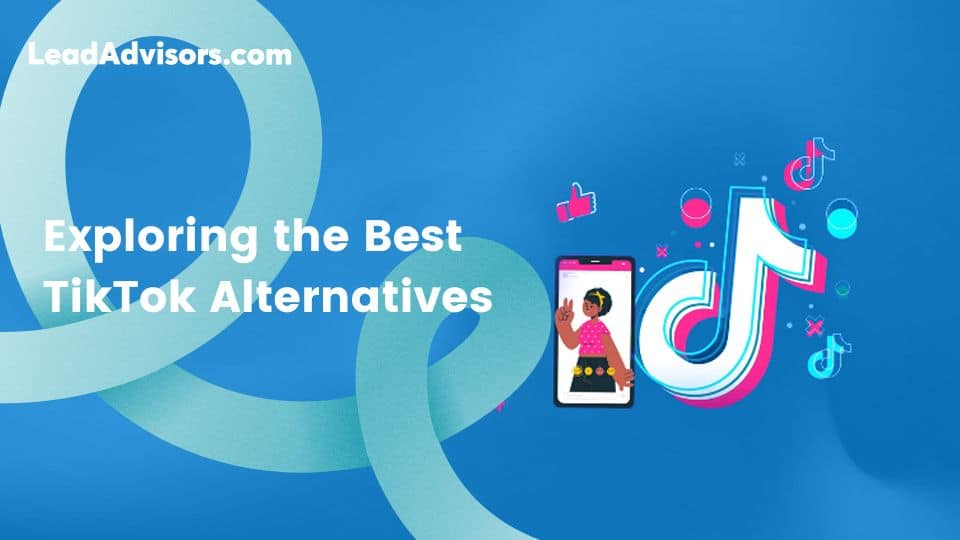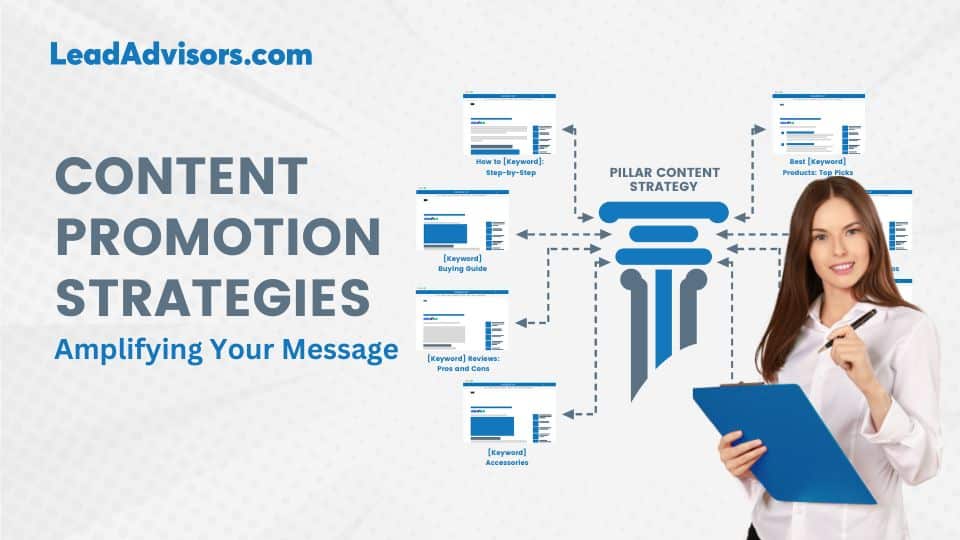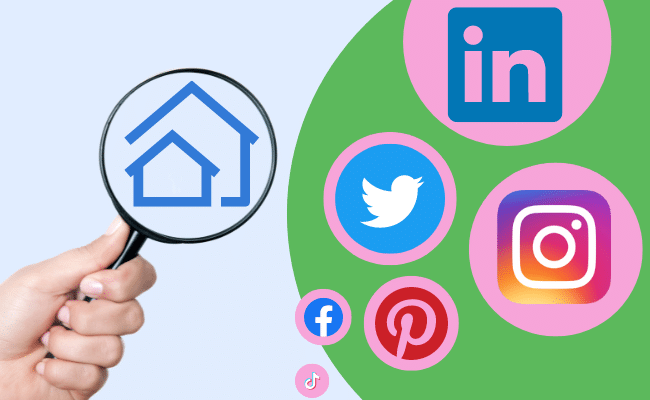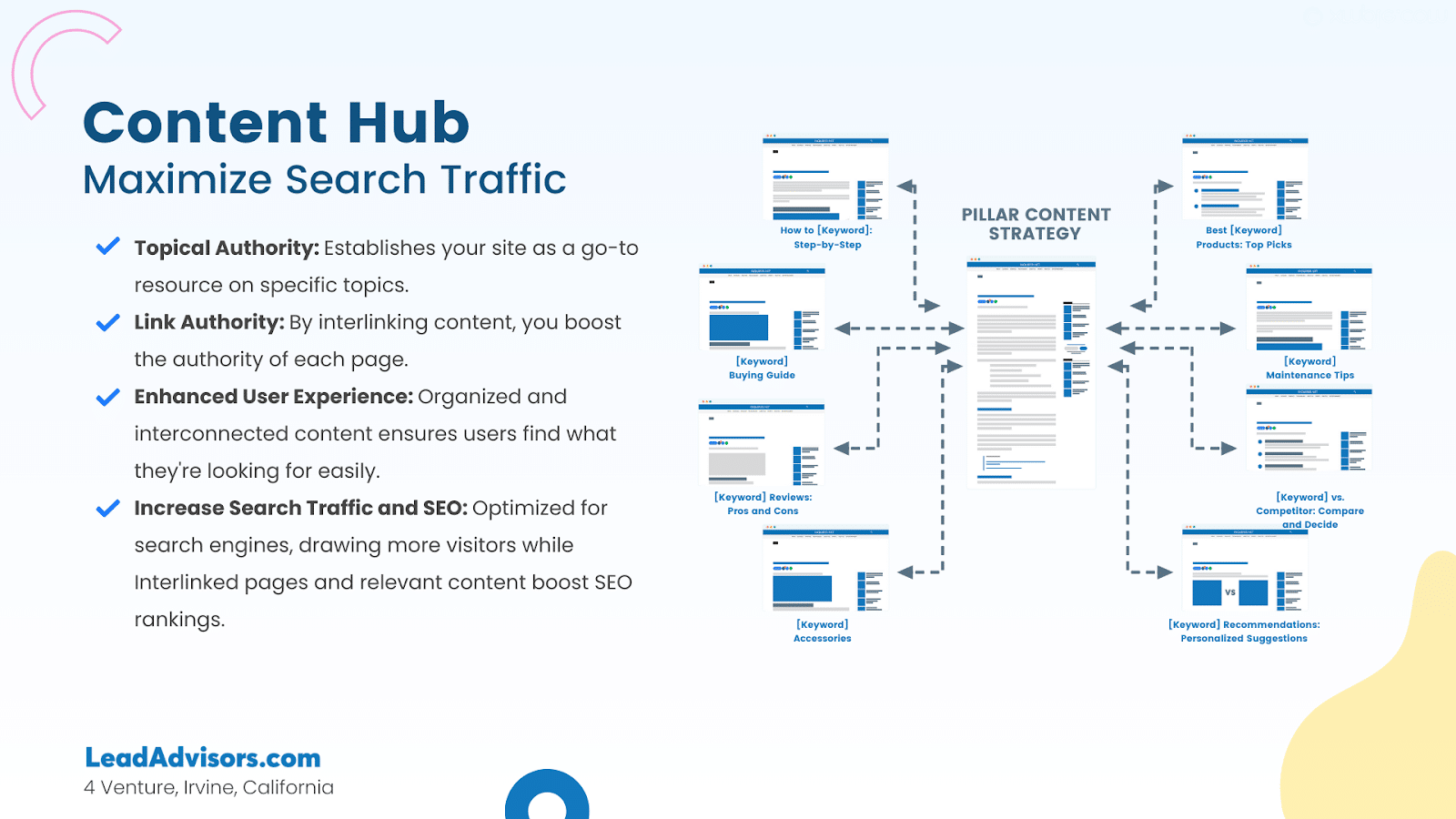New businesses (and existing ones) invest money in establishing websites to showcase their products and reach a wider audience. Increasing revenues is also one of their hopes.
However, business owners get disappointed when their expected outcomes for establishing their websites are not achieved. They think that a website will work wonders as soon as it is up and running.
It doesn’t work that way.
Establishing a website is just the beginning of an important job – content marketing. If done right, content marketing will help you reach your target audience, increase your revenues, and achieve your business goals.
So, what is content marketing, and how does it work? In this ultimate guide for content marketing strategies, we’ll show you how exactly content marketing works. More importantly, we will teach you how to create your content strategy to make that website a lead magnet.
What Is a Marketing Strategy?

Furthermore, a marketing strategy is highly dependent on your buyer persona. To develop an effective marketing strategy, you must understand your prospective customers beyond the surface.
By having a clear picture of your buyer persona, you can determine the overall long-term direction of your marketing efforts and tactics. Additionally, a marketing strategy defines your brand’s position in the market relative to your competitors. It also lets you evaluate its effectiveness.
It’s important to know the meaning of Marketing Strategy because we’ll be touching two other topics entirely different but highly dependent on each other – Content Marketing and Content Strategy.
Marketing Strategy sounds like an amalgamation of the two. It includes company culture, advocacies, and more.
As a business owner, you want to sell the purpose of your business, not just your products. Marketing strategy touches all these aspects.
On the other hand, content marketing and content strategy are focused on a single aspect – Content. Thus, these two forms are part of the marketing strategy in their entirety.
Moving on, let’s talk about buyer persona.
What Is a Buyer Persona?
A buyer persona or user persona is the visualization of your ideal customer based on these factors:
Market data
Demographics
Previous customers
Behavior patterns
Motivations
Needs
Goals
To add, identifying your buyer persona isn’t limited to these factors. If you can get as many details as possible, you’ll be closer to a clearer picture of your ideal customer.
What Is Content Marketing?
According to the Content Marketing Institute, this is the definition of content marketing:
“Content marketing is a strategic marketing approach focused on creating and distributing valuable, relevant, and consistent content to attract and retain a clearly-defined audience — and, ultimately, to drive profitable customer action.”
A content marketing strategy uses blog posts, articles, and ebooks. Together, they provide authoritative and credible resources that potential customers want.
Your target audience will likely discover your relevant content that answers their inquiries. In turn, you provide something they can’t find anywhere else.
Overall, it’s about an effective content promotion that earns their trust and loyalty. Eventually, this enhances relationships with customers and builds an active subscriber base.
Do it right, and your content marketing strategy may help you earn more. However, it requires hard work, time, patience, and perseverance.
Types of Content Marketing

Therefore, your next step in Content Marketing 101 is learning your options:
Sponsored Content
This is content you create to be shared on someone else’s website. For LeadAdvisors, we recommend this type of comment, as it boosts your authority online while giving you a larger audience. Example include listicles, how to’s, and product reviews.
Leadadvisors offers sponsored content that is not only appealing to visitors but also utilizes evergreen content. We’ll discuss evergreen content a little later.
Infographic
These are creative pictures that promote goods and services. They’re effective because people like visuals. That’s why most companies use them.
Video
Sites like YouTube make it easier to watch video content. What’s more, it’s a lot easier to make them too. If they like your videos, people could share them with others. In turn, they help you spread content.
Webpages
Most companies have websites nowadays. Also, they have pages on most social media. This helps them reach a wide customer pool. Even better, they could post other content on them.
Podcasts
These involve people talking about stuff on audio, just like radio shows. The hosts often read ad breaks in between. Your content is the podcast, or is the featured sponsor.
Ebooks
People read books on their mobile devices instead of paperbacks. They could help people so that they may count as content. However, you’ll need more time and effort to make a successful ebook.
Why Do I Need to Create a Content Marketing Strategy?

More sales
Fewer costs
Better clients with more brand loyalty
Content Marketing Institute research stated that 94% of brands pivoted to content marketing due to the pandemic. Also, the top performers use it for reasons beyond brand awareness:
73% use it to nurture audiences, leads, or subscribers
64% generate sales/revenue with their content marketing strategy
60% grow their subscriber base
Nearly every (94%) top performer measure their content performance
4 out of 5 top performers use a content calendar
A successful content marketing strategy lets your target demographic find your brand easier. Also, it increases the number of audiences engaging with your brand.
Furthermore, it helps your brand gather new customers. On the other hand, it could increase earnings from existing buyers. What’s more, it may help reduce or reallocate marketing costs.
How to Make An Effective Content Strategy
According to the Content Marketing Institute, this is the definition of content marketing:
“Content marketing is a strategic marketing approach focused on creating and distributing valuable, relevant, and consistent content to attract and retain a clearly-defined audience — and, ultimately, to drive profitable customer action.”
It uses blog posts, articles, videos, ebooks, and other products of research and creativity to provide authoritative and credible resources that potential customers want.
Overall, it’s about an effective content promotion that earns their trust and loyalty. Eventually, this enhances relationships with customers and builds an active subscriber base.
Content marketing is one of the most efficient and cost-effective ways to get prospective customers into your sales funnel. However, content marketing is just a piece of a puzzle in your efforts to make your content reach your target audience.
Before developing a content marketing plan, you should first establish your content strategy.
Content Marketing And Content Strategy
First, let’s get the confusion out of the way by differentiating content marketing and content strategy from one another.
Think of it as a journey. Your destination is your goal to succeed. The vehicle is content marketing, and what’s inside the vehicle is your content strategy.
Thus, content marketing is how you transport your content to reach your target audience. It’s the act of creation, publishing, and distribution through various organic means.
It’s how you package your content to reach your target audience to give value and establish trust and authority.
On the other hand, content strategy is the blueprint of all this. It is a plan centered on giving value to your audience.
With the goal of “giving value” in mind, you now have to figure out what type of content you should publish to serve your audience. Thus, content strategy is a series of coordinated, well-planned actions, so the content you put out is synchronized to reach your goal.
How To Create A Successful Content Strategy
In a nutshell, content strategy and marketing are different things, albeit closely dependent on each other.
Since a content strategy is a blueprint for effective content marketing, let’s create a successful content strategy.
In making a successful content strategy, you must answer the following questions:
Who are you creating content for?
Why are you creating content?
Where will you publish content?
What type of content will you create?
How will you create content?
Let’s get deeper into these questions to help you understand making a content strategy.
Who Are You Creating Content For?
First and foremost, you want to know the people you want to serve. To whom are your products and services are aimed? Before answering that, you probably have an existing product or an idea to start with.
But do you know your target customers specifically? Or do you just put your content out there and cross your fingers that your ideal customers will find you?
If your answer to any of these questions is NO, let’s talk about buyer persona.
Also called user persona, it’s about getting to know your ideal customers deeper. You can’t do this by simply imagining your prospective customers’ potential reactions to your content.
Figuring out buyers’ persona involves a technical approach that uses analytics and market research.
Ultimately, you want to know your prospects’ needs, goals, and behavior patterns to relate to them as real humans through the content you produce.
This will narrow down the topics you must cover, and it will help you focus on creating valuable content for your prospects.
Why Are You Creating Content?
The second step in your content strategy is to figure out your goals for content creation.
Setting your goals at the earliest stage of your content strategy will help you align your actions.
Otherwise, it will be easy to get distracted and waste time and effort on actions that are not helpful to your business.
An example of the pitfalls of lacking a clear goal is getting lost in publishing your content. Without specificity in your content goals, you could end up publishing just any content that doesn’t give your audience value and doesn’t move them further down your sales funnel.
Moreover, establishing credibility and authority must be one of the reasons why you are creating content. Because without being perceived by your prospects as a trustworthy brand, you will have a hard time selling your products.
The key to creating authoritative content is mastery and research.
You need to master your products, and you must put out content that highlights their value proposition.
You should also know your prospects, leads, and customers’ pain points so you can publish content that solves their problems. You can do this by conducting research.
Establishing credibility and authority takes time. However, it’s also rewarding. In fact, in B2B and B2C, credibility and authority play a huge part in your prospect’s decision-making process. It comes into play even at the earliest stage of your sales funnel.
You must understand that this doesn’t happen overnight. It takes time effort and requires the right approach. If you have the right content strategy in place and do it consistently, you can establish credibility and brand authority after some time.
Where Will You Publish Content?
After identifying the specific purpose of each content that you will publish, you must find the best platform that you can use to achieve your objectives.
There are numerous ways to distribute your content. However, three distribution channels have withstood the test of time:
Social media
Blogs
Email Drip marketing
You can use these channels to achieve different aspects of your goals. For example, social media is a good platform to talk about your products and services and run ads that will help increase brand awareness or acquire new customers.
A blog or a website is where you direct your prospects who visited your social media pages or clicked on your ads. When your customers reach your website, they should find a stack of valuable content.
Lastly, drip marketing is a good way to guide your leads down your sales funnel by sending timely, relevant, and valuable content to their emails.
Drip marketing works on all stages of the sales funnel. However, your content must be tailored to suit the people on each stage. Thus, you can’t send an email about your product add-ons to a newly captured lead. Keep in mind that relevance is important in drip marketing.
What Type Of Content Will You Create?
As mentioned in the previous section, a great content strategy should satisfy your leads on every funnel level.
Thus, you should create a pool of content for:
Lasting content related to your niche
Audience engagement
Promotion of your product value
Sales conversion
Email subscribers and lead generation
Creating content of different types ensures that your company doesn’t appear monotonous and focused on selling or self-promotion alone.
Furthermore, the content you publish should also be appropriate to your medium.
That being said, a short and sweet copy works for social media and drip emails. But it might not work on your blog wherein you are trying to establish credibility.
Consequently, ultimate guides are best discussed in your blog but not on drip emails and your social media page. You get the point.
Your sales might look different from your competitors. Nonetheless, keep in mind that you should have content for all funnel stages.
How Will You Create Content?
The type of content you should publish and the medium you will publish will guide your content creation process.
Publishing content on social media is different from publishing a blog.
They both require different sets of skills and follow different sets of rules.
Search engine optimization (SEO) isn’t considered when publishing directly on your social media page. However, links published on social media do qualify as credible back-links.
In publishing a blog, things are different. SEO dictates your content’s future. Therefore, writing for content marketing requires an entirely different approach than writing plain essays or social media posts.
Since we’re on the topic, you should learn how SEO works since it plays a huge role in content marketing. Furthermore, SEO applies not just to the content you write but also to the very foundation of your website – UX design.
The Power of Evergreen Content
You’re probably asking what evergreen content is. Evergreen content is any content that is designed to engage your visitors for the long run. While regular content can eventually fall off in importance and traffic, evergreen content keeps a constant flow of traffic coming in for your website.
Evergreen content is not the same as trendy content. Trendy content consists of subjects that will eventually fade in interest.
Examples include celebrity news, fashion changes, and changing trends.
Evergreen Content Marketing Examples:
How-To Articles
Have you ever looked up how to make a chocolate cake from scratch? Or how to potty-train your dog? You probably found your answer in a How-To article. This type of content is designed to teach you something and can come in the shape of a blog post or a video. These never go out of style because there will always be someone who needs it.
Testimonials
Testimonial is content that your user writes about your product or business. These are great for showcasing credibility to your audience. Testimonials can stay on your website for as long as possible.
Content from LeadAdvisors
You can’t forget about us! LeadAdvisors creates evergreen articles for large news platforms like Inquirer. You can find all kinds of articles we’ve created that still bring traffic.
What is Evergreen Content Best For?
You can use evergreen content for your content marketing strategy any time. It especially comes in handy in these instances:
When you have some knowledge you want to share that your viewers will continue to need
You want your content marketing campaign to last longer than when you first publish it
You are looking to keep your consumer traffic to a consistent number
How to Create Evergreen Content?
Creating evergreen content consists of the same steps as creating other content. The only difference is the subject matter.
Make a list of different content ideas that you think readers will continually need
Write the content in a way that showcases your content as timeless
Publish
Remember, don’t just publish on your own site. Post on your social media platforms and other websites as well to bring more visitors to your site and boost your authority.
Ensuring that your content is long-lasting can be a trying process. Why not get some help? We are LeadAdvisors are experts in creating evergreen content that will continuously entertain and captivate your readers long after. Sound good? We think so too.
Additional Tips on Creating A Successful Content Strategy
Aside from those five questions mentioned, here are two more methods to make the creation of content strategy more holistic:
Analyze Your Competition
You’ll learn a lot from your competition. Also, competition is healthy for your industry because it gives choices to your target audience. In turn, you get a chance to differentiate yourself from the rest.
So, how do you analyze your competition?
One by one, analyze the content that they publish. Study the keywords that they use, the length of their content, and their content strategy in general. You can do this by simply visiting their website.
By doing this, you’ll get to know the things they do and the things they don’t do. Both are important because you can mimic their strategy or capitalize on what’s missing in their strategies.
Develop An Editorial Calendar
An editorial calendar is a crucial part of your content strategy because this ensures that you are publishing your content consistently on the right channels at the right time. This also helps you ensure that you are reaching your prospects.
What Should My Content Strategy Include?

Business case – Explain your reasons for creating your content, the potential risks, and your vision for success. This allows you to get executive support for your content marketing strategy.
Business plan – This details the goals behind your content marketing efforts. It outlines your business model, the value of your content creation, and the possible pitfalls.
Content maps and buyer personas – You’ll describe your target demographic, such as their preferred type of content. Also, you’ll map out creating your content with a content marketing plan.
Your brand’s story – At this part of the content marketing strategy, you must explain the ideas you want to convey. You should also distinguish your messages from your competitors and describe the changes they could cause.
Your channel plan – You should list the platforms you’ll include in your marketing efforts. Describe your criteria, objectives, and process for each, and explain how they’ll generate brand conversion.
Update Your Strategy Constantly

